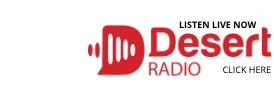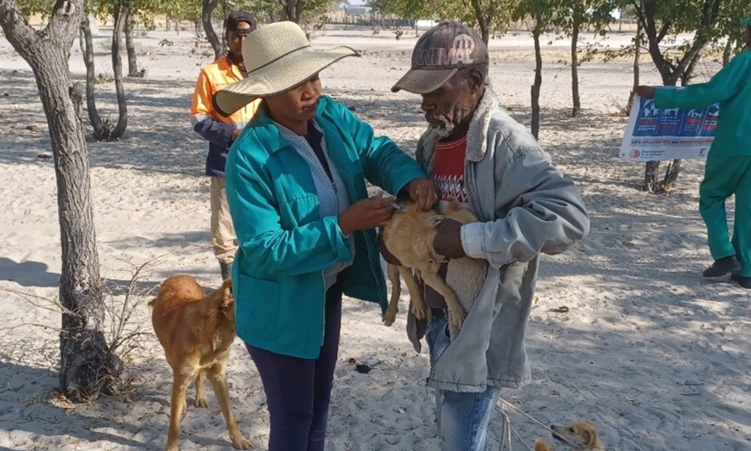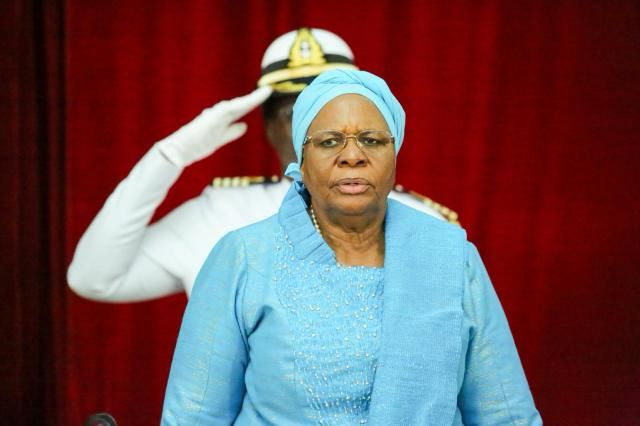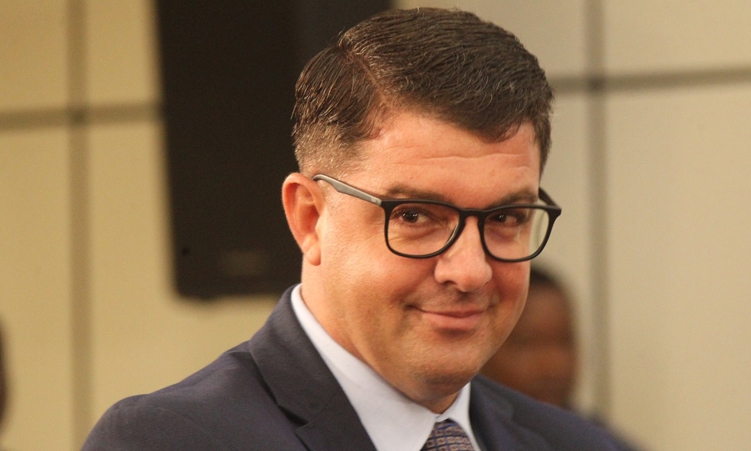Veterinarians in Africa have been urged to communicate animal diseases and crisis situations, particularly on transboundary animal diseases and animal health emergencies.
The call was made by World Organisation for Animal Health (Woah) representative in southern Africa Dr Moetapele Letshwenyo at a five-day Woah Regional Training on Risks and Crisis for Animal Health Emergencies in Windhoek last month.
Letshwenyo said often veterinarians are not good communicators and as a result do not communicate with those affected by animal diseases and animal emergencies.
“Collaboration with the public and other stakeholders is essential to create public awareness and foster understanding. We need to be upfront to communicate animal diseases, as this would also help in the protection of human health,” said Letshwenyo.
He further said it is the primary responsibility of veterinarians to monitor, control and predict animal diseases.
According to Letshwenyo, the major achievement of the Woah was the total eradication of rinderpest in 2011, a transboundary disease which has affected cattle for many years.
“So, for us this is a mission accomplished,” he said.
The training was aimed at enhancing the understanding of participants on the fundamentals of risk communication, and to promote national and regional networking among participants to enable participants to develop and evaluate risk communication strategies.
Ministry of Agriculture, Water and Land Reform chief veterinarian officer and Woah delegate Albertina Shilongo said veterinarians deal with a lot of animal health problems, but sometimes they do not communicate these problems to farmers to better their understanding.
Shilongo made the example of when there is an outbreak of foot-and-mouth disease in Namibia. She said an outcry will erupt from farmers as this results in the banning of animal sales, which means they will not make money. She said this is the result of inefficient communication with farmers by veterinarians.
She further said efficient communication is important, and it is crucial for veterinarians to use the media to communicate animal diseases and crises.
The workshop was attended by participants from Namibia, Algeria, the Democratic Republic of Congo, Kenya, Madagascar, Malawi, Morocco, Tanzania and Zimbabwe.
It was funded by the Weapons Threat Reduction Programme of Global Affairs from Canada.
Founded in 1924 and headquartered in Paris, France, Woah is an intergovernmental organisation that coordinates, supports and promotes animal health control.
The primary objectives of Woah are to control epizootic and zoonotic diseases and prevent their spread. Further objectives include the sharing of transparent, scientific information, international solidarity, sanitary safety, the promotion of veterinary services and animal welfare.
Woah is recognised as a reference organisation by the World Trade Organisation, and in 2022 counted a total of 183 member states, with 13 regional and sub-regional representatives.
Stay informed with The Namibian – your source for credible journalism. Get in-depth reporting and opinions for
only N$85 a month. Invest in journalism, invest in democracy –
Subscribe Now!










